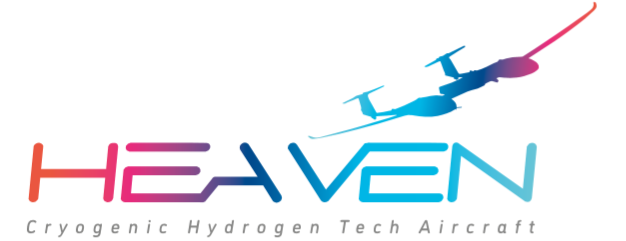Image Copyright: DLR/H2Fly GmbH ® Jean-Marie Urlacher
Hydrogen is present in all debates about the transport of the future. Although not all are advantages, there are enough for giants from all sectors to redouble their efforts in researching viable solutions in the short and medium term.
Summarizing, higher energy density, lower weight, greater reach and faster turnaround times can translate to big savings. The high energy density of hydrogen fuel cells allows them to compete directly against combustion solutions. Hydrogen fuel cell propulsion can reduce aviation’s climate impact by 90% (before the pandemic grounded most flights, commercial aviation accounted for about 2.5% of global emissions of carbon dioxide).
“At first glance, hydrogen looks to be a good solution to the challenge of flying without wrecking the climate. Whether hydrogen is used to power a fuel cell to generate electricity or directly combusted for motive power, the only waste product is clean water. Importantly in the context of flight, hydrogen packs a lot of energy per unit of mass – three times more than conventional jet fuel, and more than a hundred times that of lithium-ion batteries”, claims Caspar Henderson, from BBC Future Planet.
“According to the Flightpath 2050, the Europe’s vision for aviation, by the year 2050, the technologies and procedures available will have to allow a 75% reduction in the carbon dioxide emissions per passenger kilometer, a 90% reduction in the nitrous oxide emission and the perceived noise of flying aircraft reduced in a 60%. Furthermore, taxiing, the movement of aircrafts on the ground, should be emissions free. Although these are really very ambitious goals, we consider that the technology is here and that it is possible for up to 100 passengers to fly 1000km in a zero-emission aircraft. In the Heaven project we are developing an electric powertrain for a four-seater aircraft, the Hy4, that will fly powered by fuel cells and liquid hydrogen. The Hy4 will demonstrate that this technology is ready to fly without burning fossils fuels and that it is possible to scale up the technology for passenger aircraft”, analyzes one of Heaven’s partners, DLR.
Besides, Pipistrel, the slovenian fellow of this european project, underlines that “hydrogen-based propulsion answers the non-negotionable societal and environmental requirements for zero-emission quiet and community friendly aviation. When applied on the small aircraft and miniliner segments, liquid-hydrogen based energy storage coupled with next generation of fuel-cell systems could deliver a commercially viable airplane product with an entry into service around 2030, with capability of operating multiple segments before refuelling. We are bullish to initiate clean-sheet airplane designs that further enhance the technology capabilities researched in HEAVEN”.
Hydrogen offers opportunities and limitations for the sector, explains IATA in a public report. An opportunity would be that burning hydrogen in a jet engine would result in only water vapor emissions. This fuel would almost entirely eliminate any carbon-related emissions, including Sulphur, particulate matter and nitrogen oxides. The architecture of aircraft would have to change considerably to adapt the larger tanks required for hydrogen flight. New aircraft designs would be required and may allow ideas such as blended wing body aircraft. This may produce some aerodynamic advantages, however a downside could be the time involved in certification of radical new aircraft, along with potentially substantial costs to redesign and certify new aircraft and operational infrastructure.
In an article by Jon Lawson for EngineerLive, this specialist highlights that “while hydrogen has not yet been widely used in aircraft, it has already proven its advantages in vehicles. Toyota Mirai’s hydrogen-powered vehicle’s tank weighs 87.5 kg and holds 5kg of hydrogen, so the total of 92.5kg weight allows users to drive 500km according to the WLTP standard. Meanwhile, the Tesla Model 3, with a 321kg battery, can drive only 430km according to the WLTP standard, meaning that 1kg of hydrogen allows a vehicle to travel 5.4km while 1kg of batteries – only 1,33km. Maybe aviation is next to prove hydrogen’s efficiency?”.

